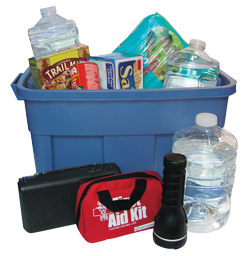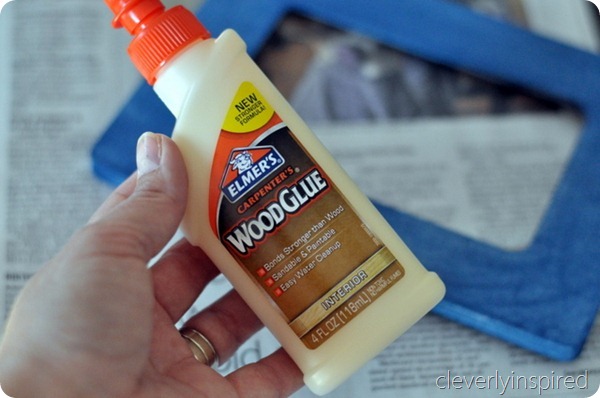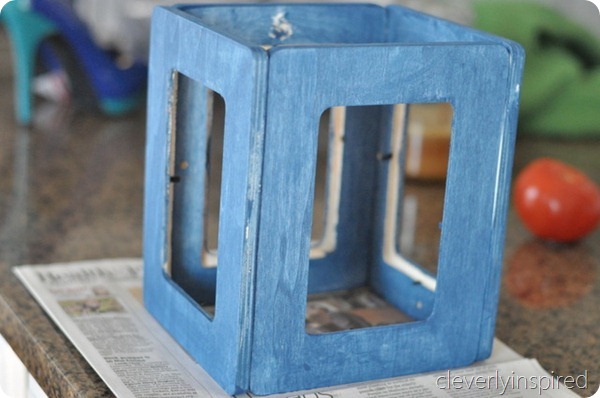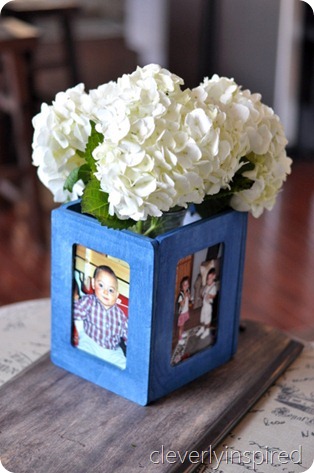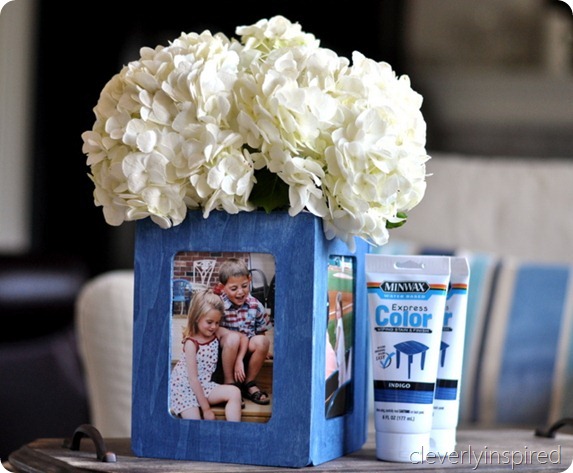In planning for hurricane season, do not forget your pets. If an evacuation is necessary, the Humane Society of the United States urges pet owners to make arrangements to evacuate their animals. Official shelters do not allow pets. If you have to evacuate, make other plans for your pets, such as staying with family, friends, veterinarians, or kennels in safe locations.
The following are some planning tips for pets, prior to an evacuation:
- Be prepared to take your pets with you. Animals depend on us for their survival, much as children do. It could be days or possibly weeks before you are able to return home. This type of delay could cause the death of your pet by starvation or dehydration.
- Identify your pet. Securely fasten a current identification tag to your pet's collar. It's a good idea to also attach a phone number of a friend or family member who is well out of disaster range to your pet's collar.
- Be sure your pet's rabies and other vaccinations are current. Boarding kennels will require proof of these vaccinations before accepting your pet.
- Photograph your pet. Carry a photo of your pet for identification purposes.
- Transport your pet safely. Use secure pet carriers and keep your pet on a leash or in a harness.
- Find a pet-friendly hotel. Because most emergency shelters do not admit pets, call hotels in a safe location and ask if you can bring your pet. If the hotel has a no-pets policy, ask the manager if the hotel can waive the policy during the disaster.
- Foster your pet. If you and your pet cannot stay together, call friends, family members, veterinarians, or boarding kennels in a safe area to arrange safe foster care.
- Have supplies on hand. Be sure to pack a week's worth of food, water, medication, cat litter, or any other supplies your pet needs on a regular basis.
- Plan your evacuation and leave in plenty of time. Do not wait until the last minute to evacuate. When rescue officials come to your door, they may not allow you to take your pets with you.
- Remember emergency responders are trained and required to save human lives, not animals. They may be taking physical and legal risks if they stop to help your animals.
- Carry a list of emergency telephone numbers with you. This should include your veterinarian, local animal control, local animal shelters, the Red Cross, and any other individual or group you might need to contact during the disaster.
-Denea Duran



